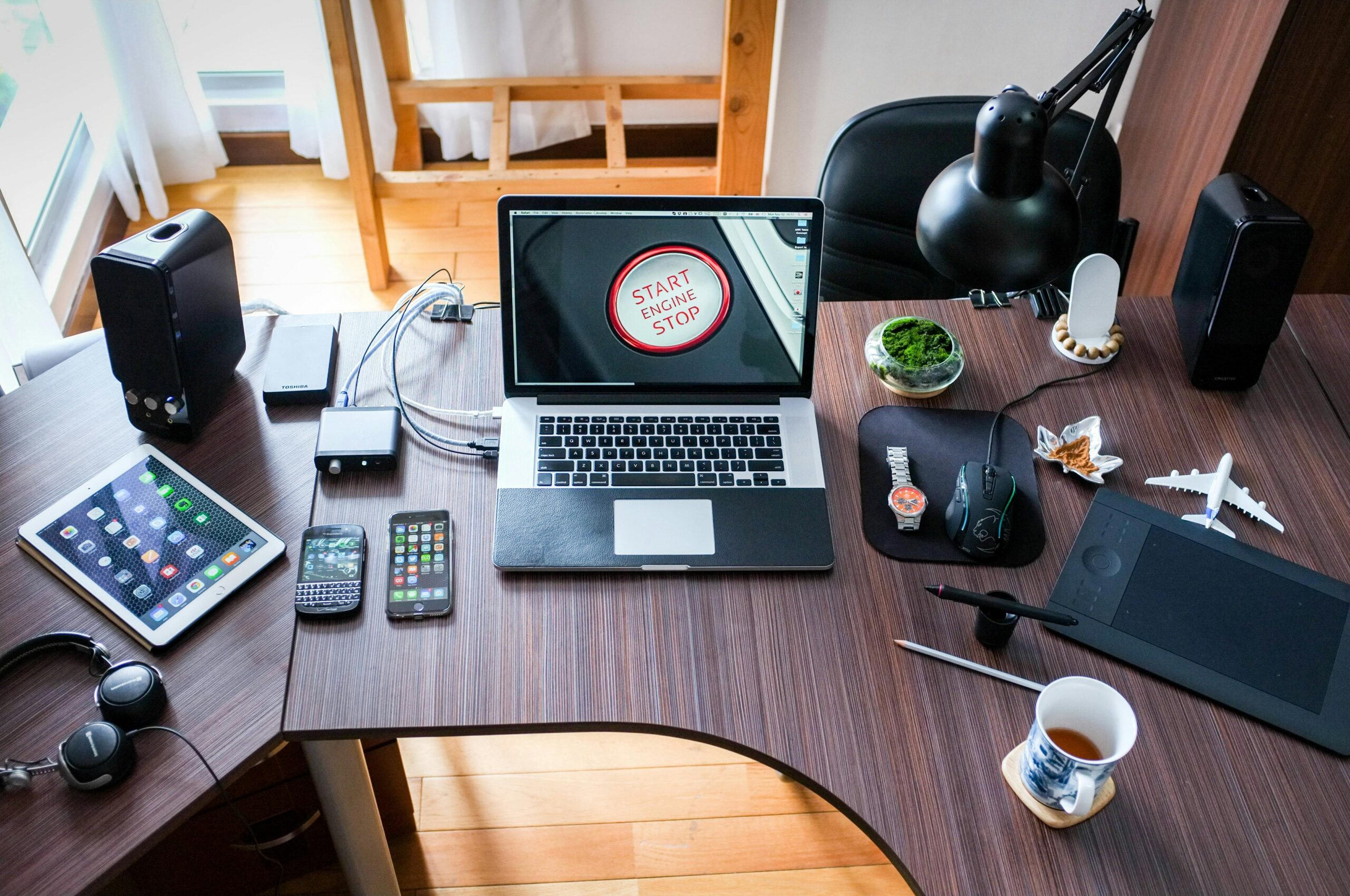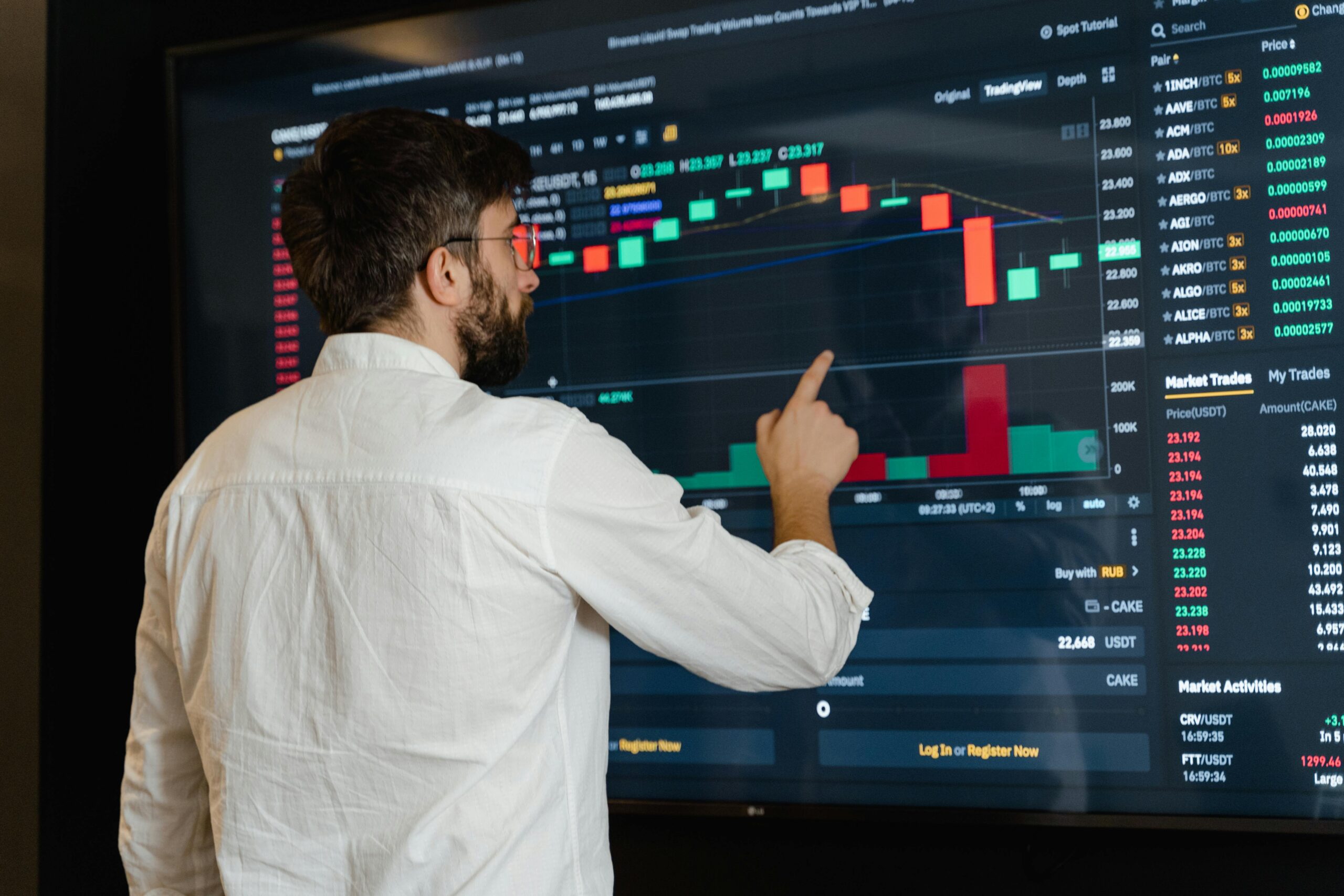
As we step into 2025, Australia’s tech landscape is buzzing with transformative energy, driven by rapid advancements in artificial intelligence and beyond. From bustling Sydney startups to research hubs in Melbourne, the country is positioning itself as a global contender in innovation. Among the standout developments, AI trends Australia 2025 are not just emerging—they’re redefining industries, boosting productivity, and addressing long-standing challenges like economic efficiency. According to recent data from the Tech Council of Australia, AI tops the list of defining tech trends this year, with one-third of industry leaders viewing it as the prime opportunity for business growth. This surge reflects a broader shift toward intelligent systems that enhance decision-making, automate routine tasks, and foster sustainable practices. But what exactly are the key innovations set to shape Australia in 2025? Let’s explore the trends that matter most.
AI Trends Australia 2025: Driving Efficiency and Innovation
Australia’s embrace of artificial intelligence is accelerating, with projections indicating the AI market will reach AUD 3.99 billion this year alone. This growth stems from a blend of government support, academic prowess, and private sector agility. The National Artificial Intelligence Centre’s latest ecosystem report highlights Australia’s unique “dual-track” approach: we’re both adopters of global AI tools and creators of niche solutions tailored to local needs, such as mining and agriculture.
One of the most prominent AI trends Australia 2025 is the rise of generative AI and natural language processing (NLP). Businesses are leveraging these technologies to create personalized customer experiences at scale. For instance, in retail, AI agents are transforming engagement—77% of Australian and New Zealand retailers believe they’ll be essential for staying competitive within the next year, per a Salesforce report. Imagine virtual shopping assistants that not only recommend products but also generate custom visuals based on user preferences, cutting down on manual design work and speeding up market response times.
Beyond consumer-facing applications, AI is infiltrating heavy industries. In healthcare, machine learning algorithms are streamlining diagnostics through computer vision, predicting patient outcomes, and accelerating drug discovery. A CSIRO study reveals that 68% of Australian businesses have already integrated AI, with another 23% planning to follow suit soon. This isn’t hype; it’s practical impact. Mining companies, for example, use predictive analytics to optimize resource extraction, reducing environmental footprints while increasing yields. PwC’s research underscores the economic stakes: trusted AI could propel Asia-Pacific growth by 14.7% over the decade, with Australia at the forefront if adoption ramps up responsibly. Yet, challenges persist. Skills shortages loom large, prompting universities and firms to ramp up training programs. The government’s AI Adoption Tracker for Q1 2025 shows positive uptake among SMEs, but uneven across sectors—tech-savvy finance leads, while traditional manufacturing lags.
Key Tech Innovations Beyond AI: Sustainability and Cybersecurity in Focus
While AI steals headlines, 2025’s tech trends extend to complementary innovations that amplify its potential. Cybersecurity emerges as a critical pillar, with 17% of tech leaders naming it the second-biggest trend. As AI systems proliferate, so do vulnerabilities—think sophisticated deepfakes targeting financial institutions or supply chains. Australian firms are countering this with AI-enhanced defenses, like anomaly detection tools that learn from real-time threats. Deloitte’s Tech Trends 2025 report emphasizes how AI weaves into every layer of cybersecurity, making protections smarter and more adaptive.
Sustainability rounds out the trio of must-watch innovations. With climate pressures mounting, circular technologies and green AI are gaining traction. AI optimizes energy grids, predicts renewable output, and minimizes waste in manufacturing—aligning with Australia’s net-zero ambitions. The Tech Council survey notes 7% of leaders prioritizing these eco-focused tools, but their ripple effects are profound: AI-driven simulations could slash emissions in transport by modeling efficient routes for electric fleets. In agriculture, precision farming powered by AI sensors is revolutionizing water use in drought-prone regions, boosting yields by up to 20% according to industry benchmarks.
These innovations aren’t isolated; they intersect. For example, AI in content creation—predicted to reshape Australia’s creator economy—is blending with sustainability by generating eco-aware marketing materials. Meanwhile, ethical concerns temper the excitement. KPMG’s Futuresphere 2025 report reveals 64% of Australians fear losing control to AI, particularly around job displacement. Policymakers are responding with frameworks for responsible deployment, ensuring benefits outweigh risks.
Looking ahead,
Australia’s tech ecosystem thrives on collaboration. From the corridors linking universities to industry in Queensland to venture funding in Victoria, the stage is set for exponential progress. For deeper insights into Australia’s AI ecosystem, including workforce data and investment pathways, check out the Department of Industry, Science and Resources’ comprehensive report. As AI trends Australia 2025 evolve, they promise not just economic gains—potentially AUD 115 billion by 2030—but a more resilient, innovative nation. The question isn’t if these changes will happen, but how quickly businesses and individuals adapt to lead the charge






